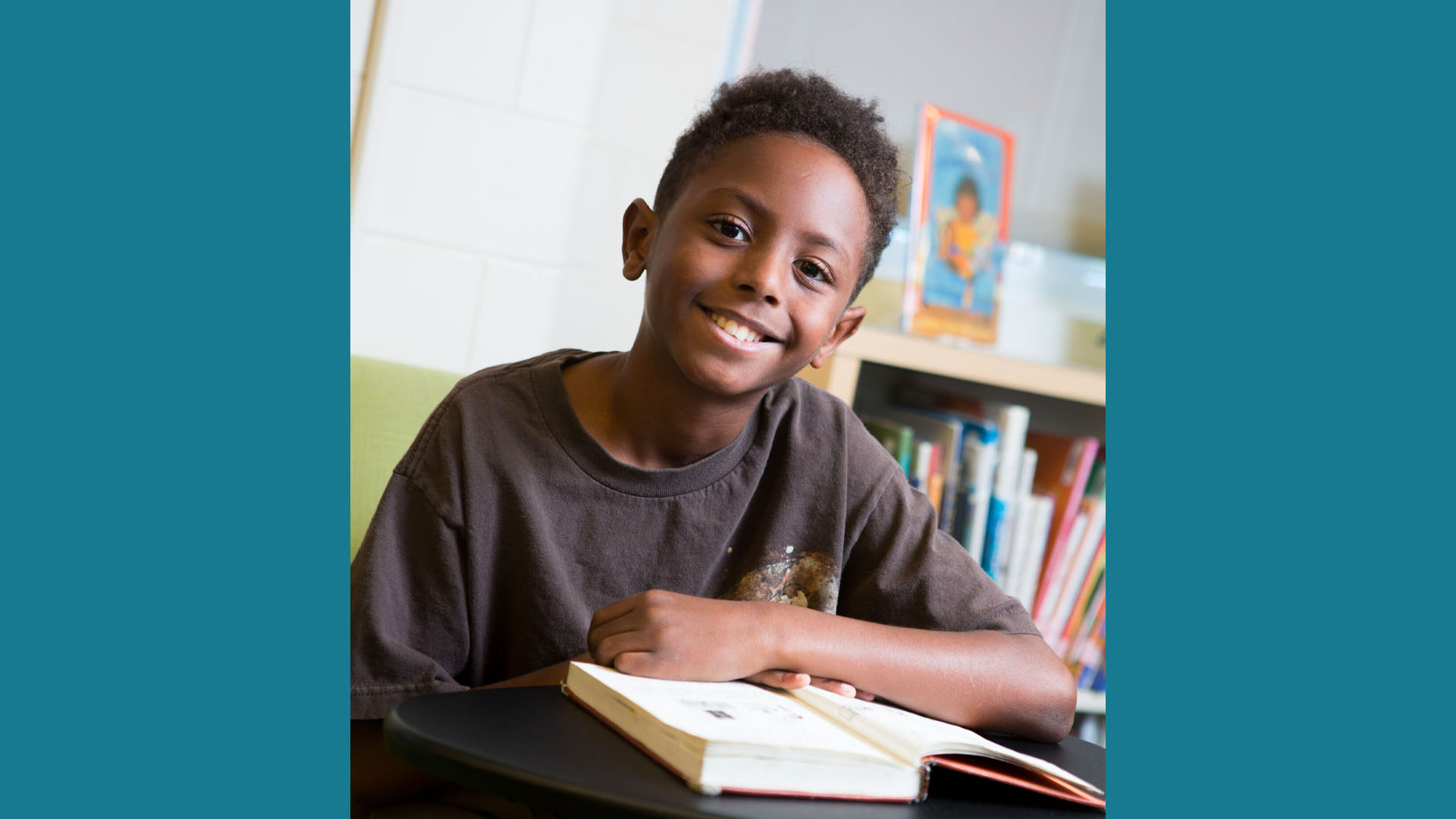As educators, we are continually striving for our students to progress in literacy. Whether that be in reading, writing or both, we are constantly asking ourselves, “What’s next?”
With the Indiana Department of Education upcoming revision of the literacy state standards, our focus first and foremost should be those foundational skills and standards our students must have to learn to read. As Dr. Julia Lindsey stated in her book, Reading Above the Fray, “Teaching phonics is one part of a complete reading program supporting early readers.” “As educators, we aim to help students understand the link between sound and symbol, an essential tool as they progress in reading.”
As we have seen, across the state, our IREAD scores, which primarily focus on those foundational skills, averaged at 81.6 % in 2022, which is not bad, but we always must strive to do even better! Dr. Lindsey goes on to state, “While instruction in these skills is important, the larger goal is to provide an efficient path to reading so students can focus on ‘comprehension and knowledge-building work.’” Across the state,our ILEARN scores for 2022 were a dismal 41.2% and 40.4% lower than our IREAD scores! Thus, we as educators are having a hard time in answering the question, “What’s next?”
What happens when our students are excellent “word callers” but are having a hard time not only comprehending what they read but being able to apply what they read to other situations? As a literacy consultant, Anna has heard numerous times this year, “What should I do when my third grade students are reading at a Guided Reading level T but they are unable to answer DOK 2 and 3 questions?” “Do I just keep moving them on up?” The answer is we as literacy teachers must begin creating a foundation for deeper reading with the help of what Dr. Fountas and Dr. Pinnell called Behaviors to Notice, Teach and Support. Regardless of what science you are reading, both Lindsey and Fountas and Pinell agree that first a student must learn and be supported in the foundational skills of sound symbol relationship and then progress to deeper reading to comprehend and apply. Published in 2007, The Continuum of Literacy Learning, Grades K-8: Behaviors and Understandings to Notice, Teach, and Support (1st Edition), Irene Fountas and Gay Su Pinell created a continuum of learning that starts with the Early stage where a student uses picture details to help figure out words (K.RV.2.1); progressing to the Transitional stage where the student makes connections between the text read and other books (3.RL.4.2), and ultimately landing at the Fluent stage, where a student tries new genres, topics, and authors, and is able to compare them with known genres, topics, and authors (6.RL.4.2). As one can read, all of these examples correlate very closely with the Indiana State Standards for English Language Arts.
“Do reading behaviors truly cultivate a lifelong reader?”
But do reading behaviors truly cultivate a lifelong reader? We would say it is certainly a step in the right direction, but to truly be a lifelong learner and reader, we have some practical advice teachers can start modeling immediately to foster a love for reading and becoming a lifelong reader.

Be a library user – Let’s be honest… books aren’t cheap! Let’s show students how to use their school library! By becoming regular visitors to this magical space inside the school, we can, by extension, help students become familiar with the same magical space which exists in almost every community.
- Be excited about books – We all know the power of a recommendation! Ask your media specialist to do a book talk or two each time your students visit the library. Media specialist unavailable? No worries! YouTube has you covered!
- Discover authors & series you love – Once a student reads a book they love, find other books by the same author. If the author has written a series, even better. It’s like binging a show on Netflix – the list of what to read next is already made!
- Follow your faves – Just like we follow our favorite celebrities on social media, we can do the same with authors. Show students their or your favorite writers on the social media platform of choice. Tag authors when you read their books in class. You might just get a reply!
- Meet Authors in Person – Authors do book signings all the time across the country. By following them on social media, you’ll discover when they are going to be in your part of the world. Nothing is more fun than hearing the author of your favorite book read a portion of the work aloud!
- Make reading a part of everyday – Whether it’s a pop culture magazine, a graphic novel, an informative article, or a novel… to become a lifelong reader, make reading a part of your everyday life.
What are your thoughts on becoming a lifelong reader? How did you become one? We’d love to hear from you! Find us on Twitter @ascook_literacy & @MLHoofer.
Resources
Please login or register to claim PGPs.
Alternatively, you may use the PGP Request Form if you prefer to not register an account.



